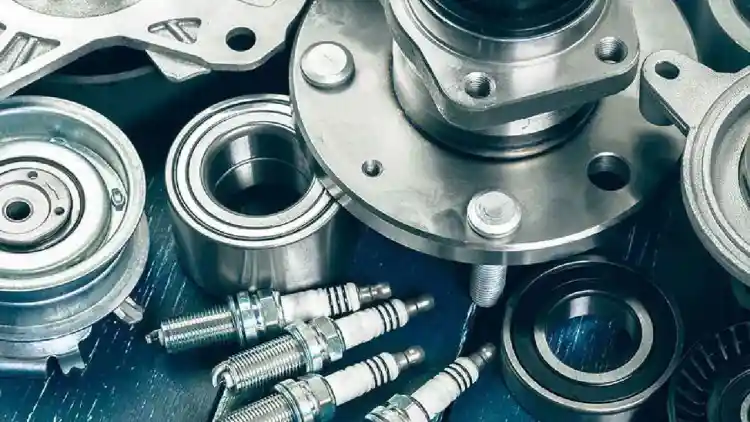- What is the Dodge Neon?
- History of the Dodge Neon
- Features and Models Overview
- Common Problems with Dodge Neon
- Owning a Dodge Neon:Tips and Care
- Why the Dodge Neon Remains Popular
- FAQ
The Dodge Neon is more than just a compact car from the 1990s. It represents a perfect blend of affordability, performance, and charm. Whether you’re an automotive enthusiast or simply curious, understanding the legacy of the DodgeUAE DodgeOman DodgeKuwait DodgeBahrain DodgeQatar DodgeKSA DodgeEgypt Dodge Neon offers insights into why this car remains a popular choice among used vehicle buyers.
What is the Dodge Neon?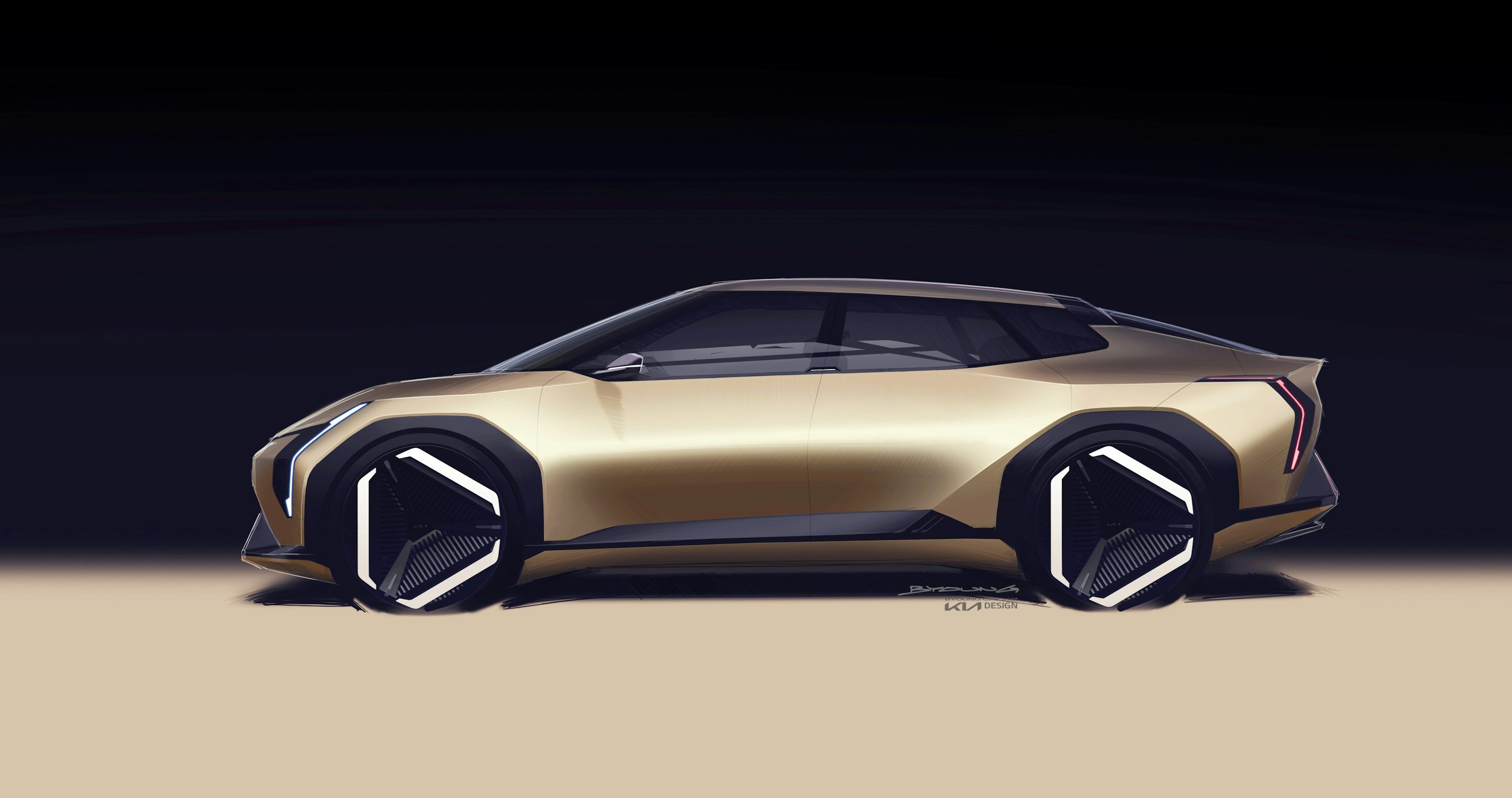
The Dodge Neon made its debut in the mid-90s and quickly earned a reputation as a reliable, fun-to-drive, and budget-friendly car. Manufactured by ChryslerBahrain ChryslerKSA ChryslerKuwait ChryslerOman ChryslerQatar ChryslerUAE ChryslerEgypt Chrysler and sold under brands like Dodge and Plymouth, this subcompact car was aimed at young drivers and families seeking performance without breaking the bank. Its sporty design, peppy engines, and affordable price tag made it an instant hit in both North America and international markets.
Key Traits Explained
Here’s why the Dodge Neon stood out during its production years:
Affordable Design:Dodge Neon offered competitive pricing, making it accessible to a larger audience.
Compact Size:With its small frame, it was perfect for city commutes and easy to park.
Sporty Handling:The car’s crisp and responsive handling made it especially fun to drive on twisty roads.
Simple Yet Capable Engines:The base models featured practical engines that balanced fuel efficiency with performance.
Customizability:With several trims, colors, and even sporty editions like the SRT-4, buyers had options to make their car more personal.
History of the Dodge Neon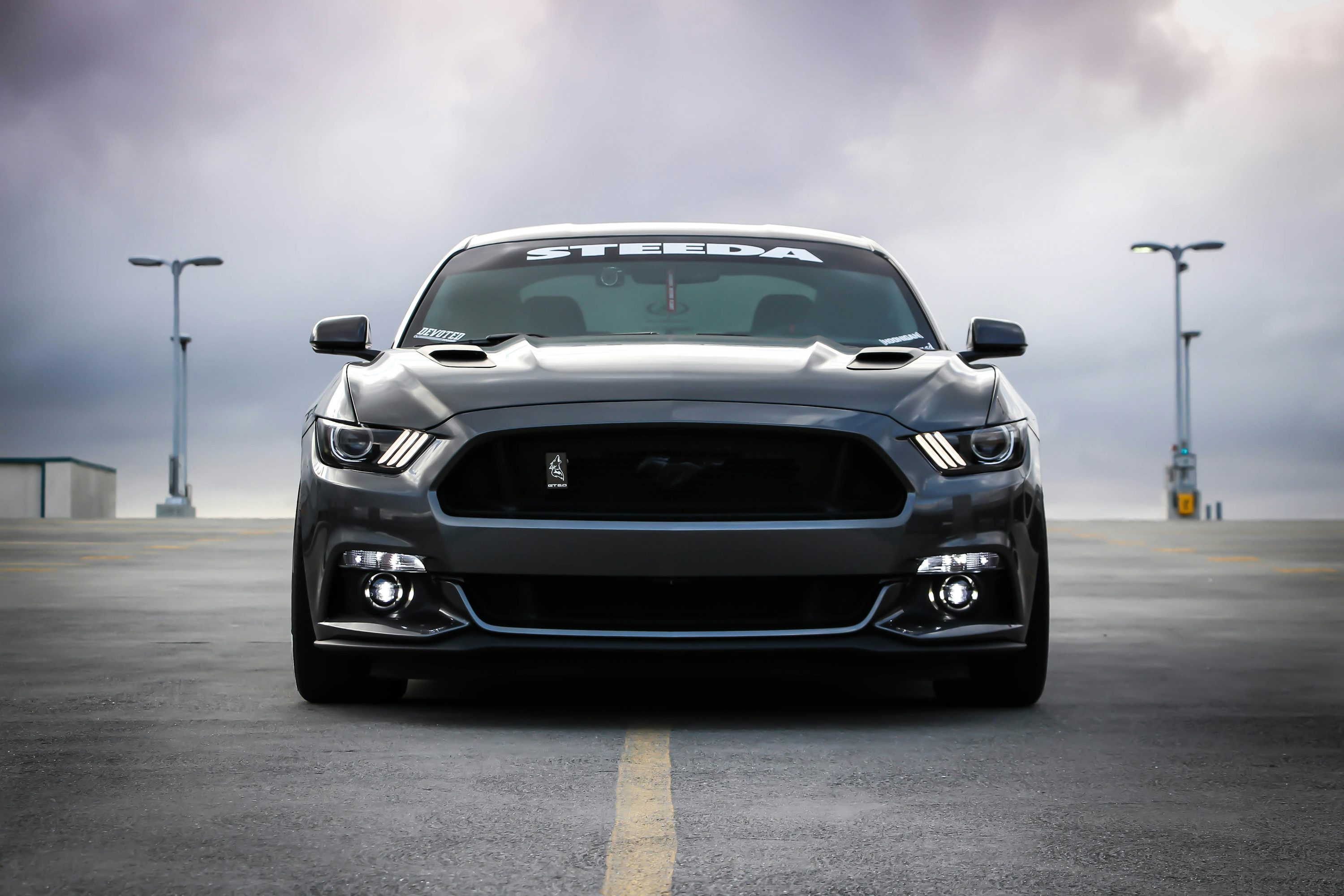
The Dodge Neon first rolled onto the streets in 1995, and for nearly a decade, it enjoyed widespread popularity in its category. It was designed to compete with other compact cars like the Honda CivicUAE Honda CivicKSA Honda CivicQatar Honda CivicOman Honda CivicBahrain Honda CivicKuwait Honda CivicEgypt Honda Civic and Toyota CorollaUAE Toyota CorollaKSA Toyota CorollaOman Toyota CorollaQatar Toyota CorollaBahrain Toyota CorollaEgypt Toyota CorollaKuwait Toyota Corolla but added a unique flavor with its sharp styling and engaging performance. Over the years, it underwent changes but maintained its value as a dependable and fun compact car.
Major Model Changes
The Dodge Neon had a distinct evolution during its production years:
First Generation (1995-1999):
Chrysler launched the Neon with both sedan and coupe body styles, focusing on sharp and edgy designs.
Buyers could choose between different trim levels, including base, Highline, and even sportier options.
Second Generation (2000-2005):
This version featured a sleeker, more modern look.
Interior upgrades, larger engines, and tuning made the Neon more appealing.
Special Editions:
Notable versions include the Dodge Neon ACR, designed for performance enthusiasts, and the powerful SRT-4, which offered turbocharged fun on a budget.
Features and Models Overview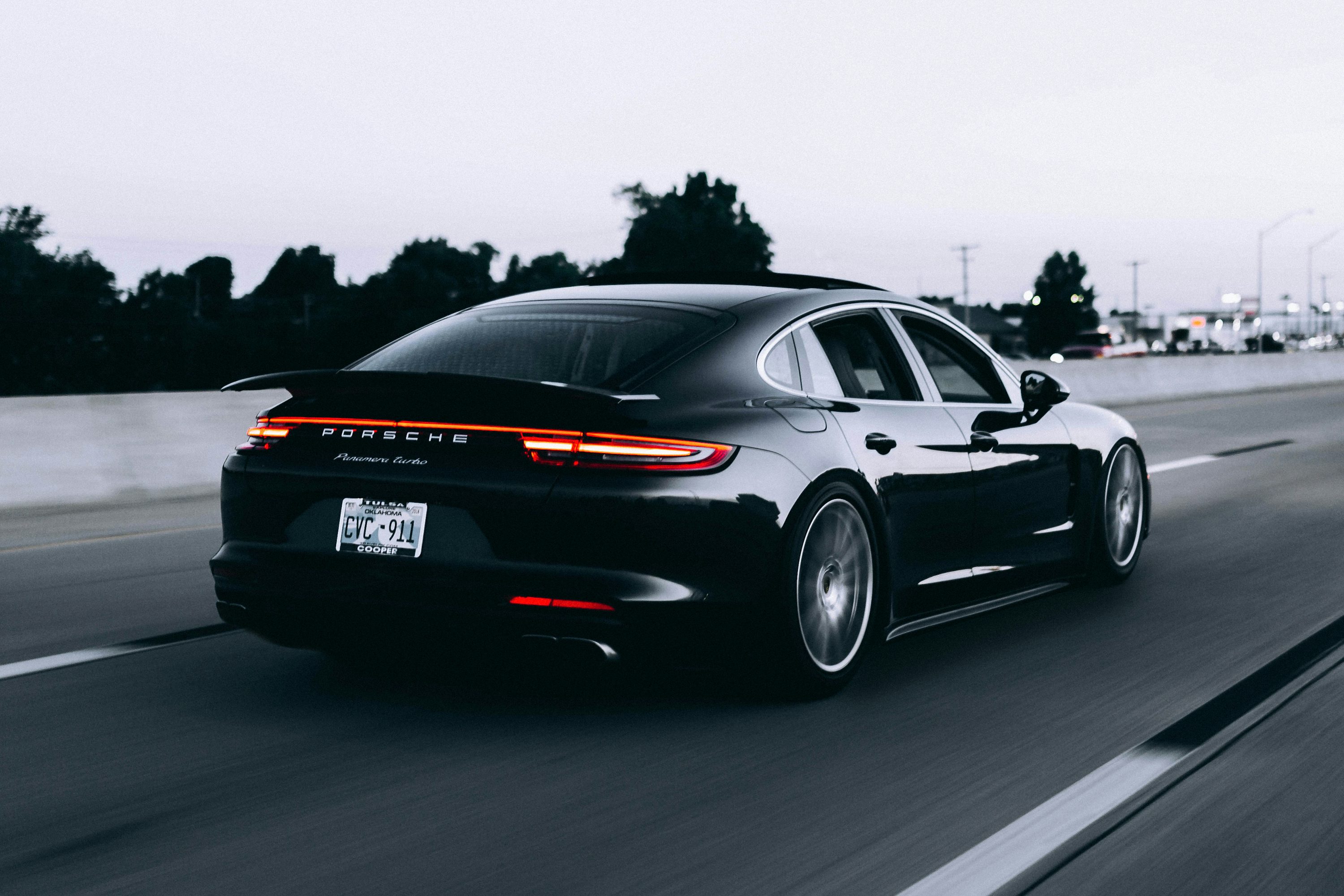
The Dodge Neon wasn’t just affordable — it packed several features that made it a practical choice for different types of drivers. While not overly luxurious, it offered enough to satisfy an everyday driver’s needs.
Core Components
Here’s a closer look at what the Neon offered across various models:
Engine Options:
The Neon typically came with a 2.0-liter inline-4 engine, which was economical and reliable.
In later iterations, the SRT-4 edition packed a turbocharged engine for those craving speed.
Interior Design:
Basic yet functional, interiors included comfortable seating, clear gauges, and a straightforward dashboard.
Trim Levels:
Popular trims included Standard SE, sporty R/T, and fully-loaded special editions designed to appeal to diverse buyers.
Tech Features:
While basic by modern standards, it featured air conditioning, CD players, and larger wheels in higher trims.
Common Problems with Dodge Neon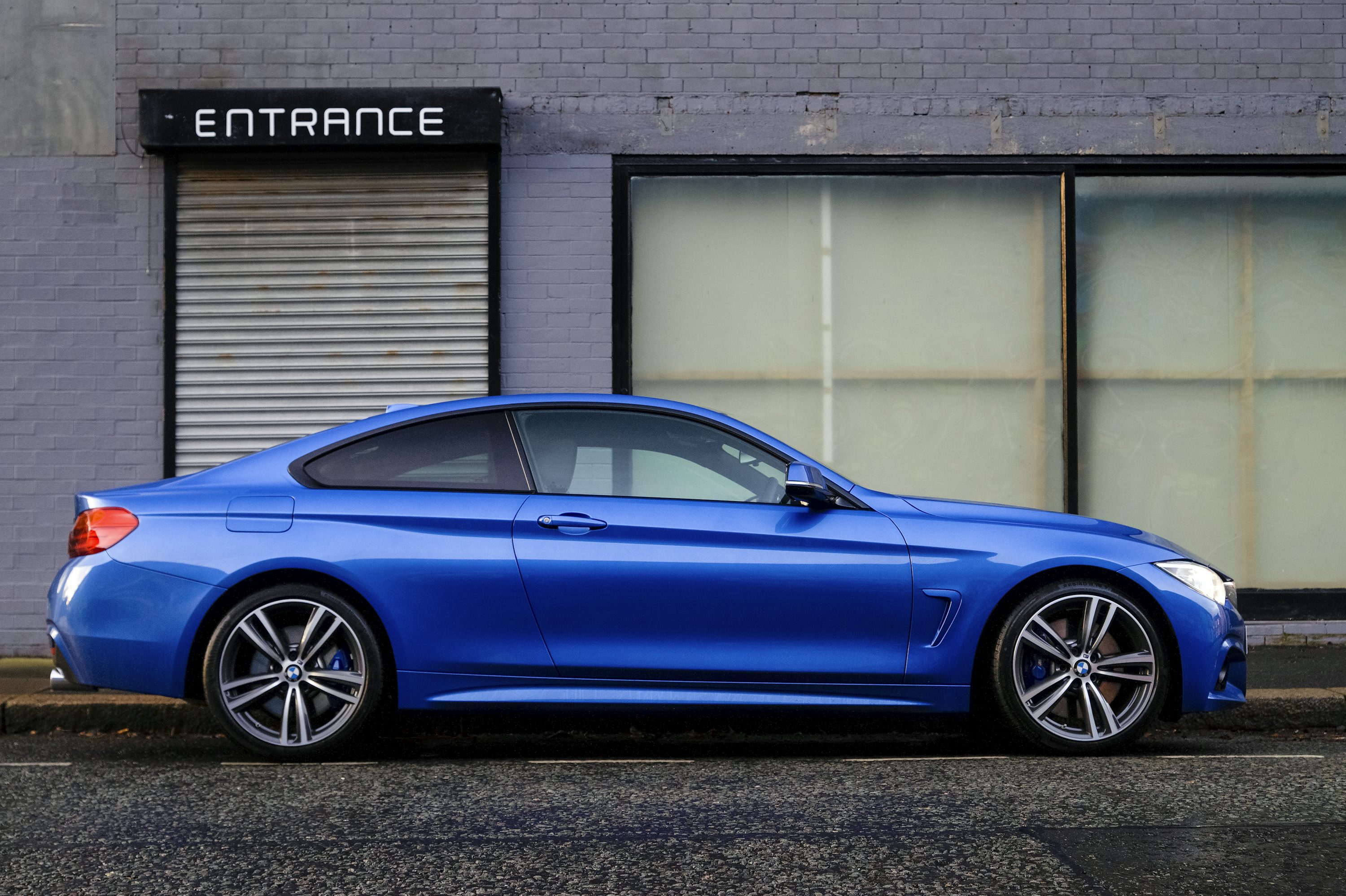
With any vehicle, especially one no longer in production, there will be maintenance issues to address. Here's a rundown of common Dodge Neon problems that owners often face. Addressing these promptly can help avoid unnecessary costs.
Frequent Engine Issues
Overheating Troubles:
Many owners reported overheating problems due to leaks in the cooling system or faulty thermostats.
Electrical Glitches:
From faulty dashboard lights to random sensor malfunctions, these issues were common but fixable.
Wear and Tear:
Parts like brake pads, alternators, and suspensions were prone to wear, making regular replacements essential.
Simple Fixes
Inspect the radiator and hoses at least once a month.
Replace sensors and wiring where issues arise for smoother operation.
Ensure the timing belt is replaced every 80,000 to 100,000 km.
Owning a Dodge Neon:Tips and Care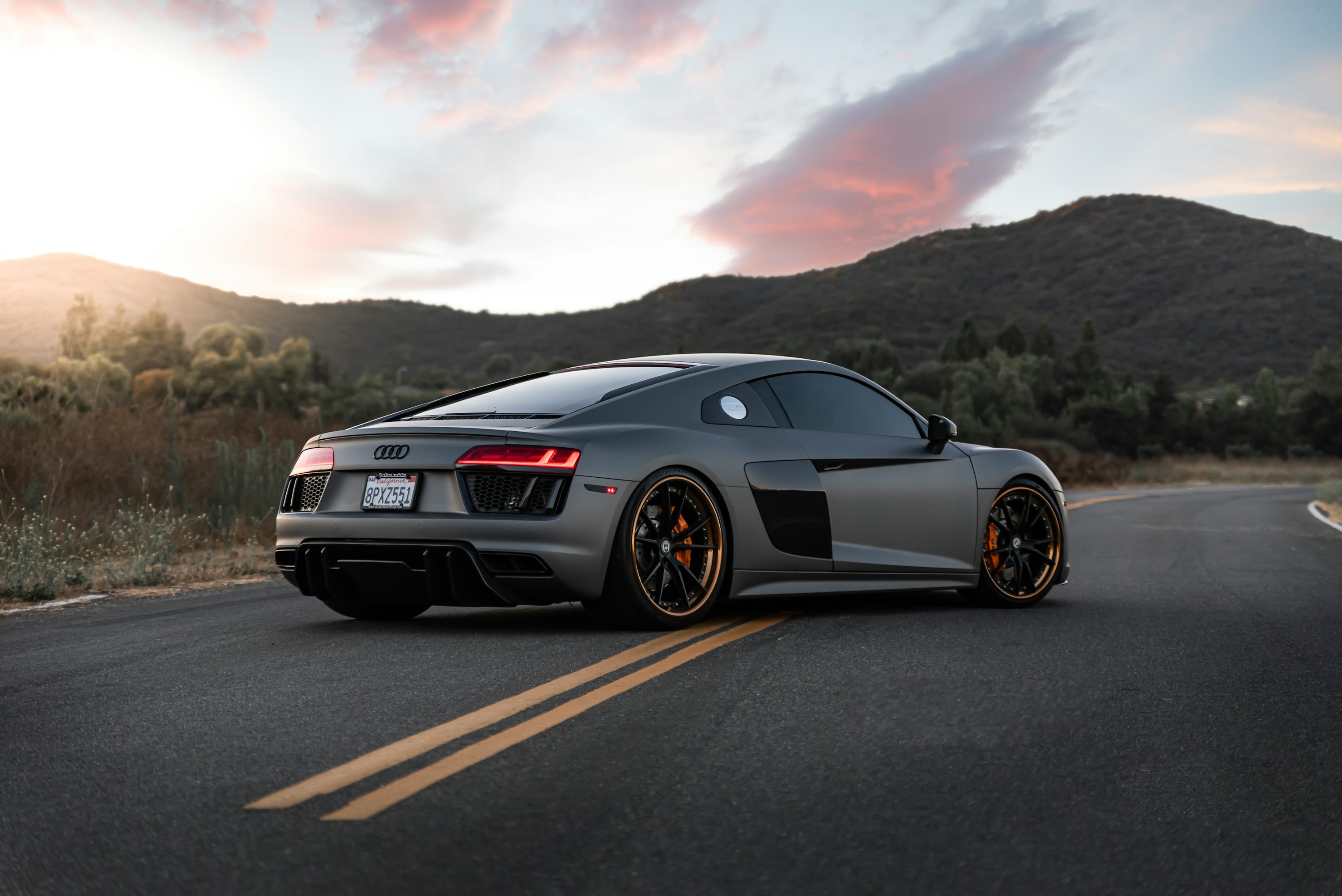
Maintaining a Dodge Neon doesn’t need to break the bank. Proper care and regular attention go a long way to ensuring this compact car stays dependable.
Basic Care Guide
To keep a Dodge Neon in good shape:
Fluid Changes:
Regularly replace oil, coolant, and brake fluid to keep systems running smoothly.
Tyre Checks:
Inspect tyres for tread wear and maintain correct air pressure for safer driving.
Protect from Elements:
Invest in a car cover to shield the paint from sun and rain damage.
Brake Maintenance:
Regular brakes service ensures better safety during quick stops.
Why the Dodge Neon Remains Popular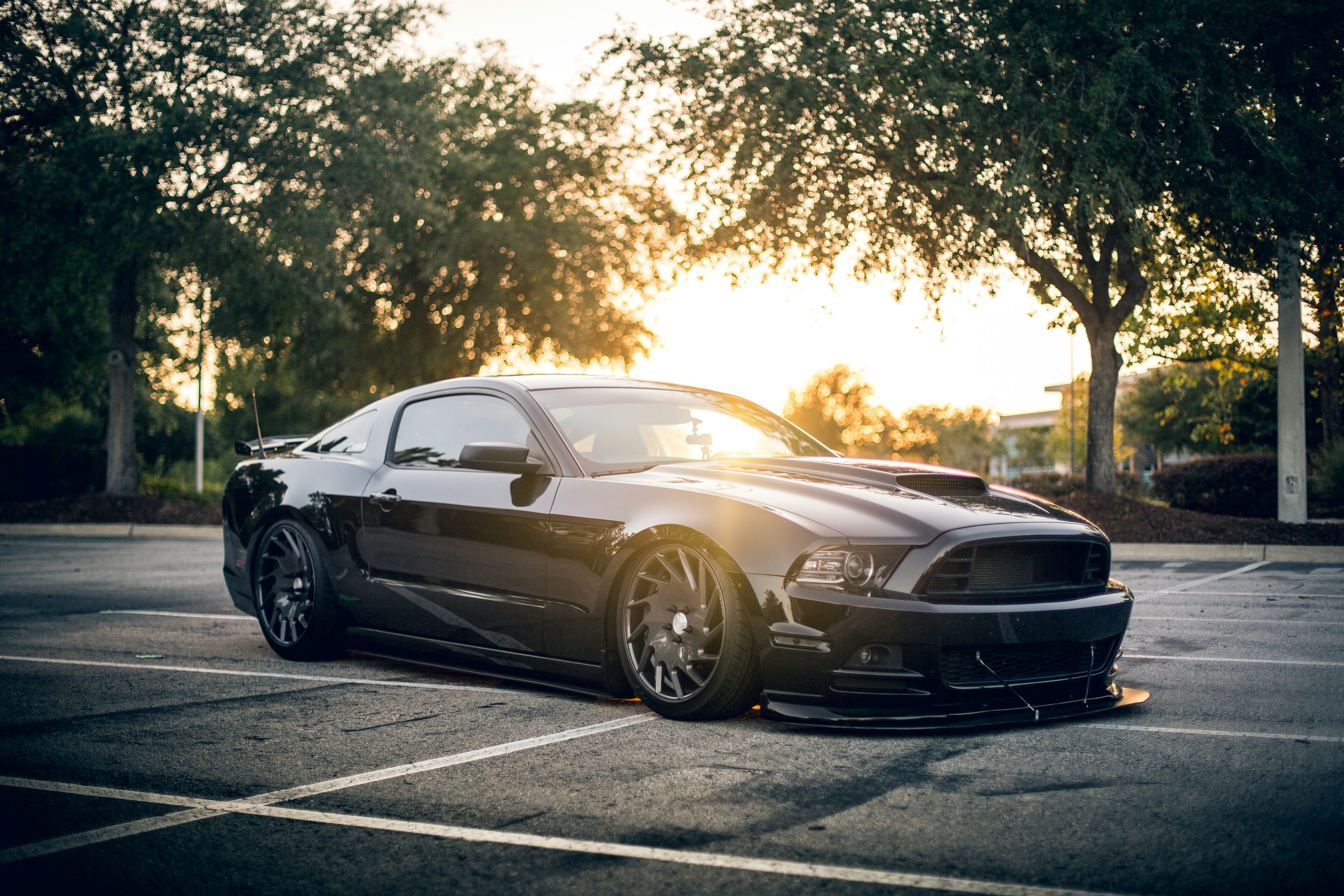
Even years after production stopped, the Dodge Neon has a loyal following among car enthusiasts. Here’s why it continues to appeal:
Budget-Friendly:
It’s an affordable used car, with replacement parts easily available.
Fun Driving Experience:
Its handling and performance made it enjoyable for drivers looking for spirited rides.
Nostalgia Factor:
For many, it symbolizes an era of straightforward engineering and style.
Aftermarket Support:
A wealth of accessories is available for personalizing or restoring the car.
FAQ
Q:What model years are best for buying a used Dodge Neon?
A:The 2003-2005 models are recommended because they received design improvements and came with better engines. Ensure proper maintenance records before purchasing.
Q:How can I fix overheating issues in my Dodge Neon?
A:Start by checking for leaks or a faulty radiator cap. Replace the thermostat and flush the cooling system regularly. This ensures that the issue does not persist.
Q:Is Dodge Neon a reliable car for daily driving?
A:Yes, with regular maintenance, it’s a good choice for those who want a dependable and affordable daily driver. The Neon is known for standing the test of time.
Q:What modern alternatives can I consider?
A:If you’re looking for a similar experience, consider other compact cars like the Nissan Sentra, Hyundai Elantra, or older Honda Civics. Each offers urban-friendly features.
Q:Are Dodge Neon aftermarket parts easy to find?
A:Yes, many parts like brakes, sensors, and even body kits are readily available in the market. Online platforms can also be a good source.
Read More:
Lexus ES Price in UAE:Updated Estimates for 2025






